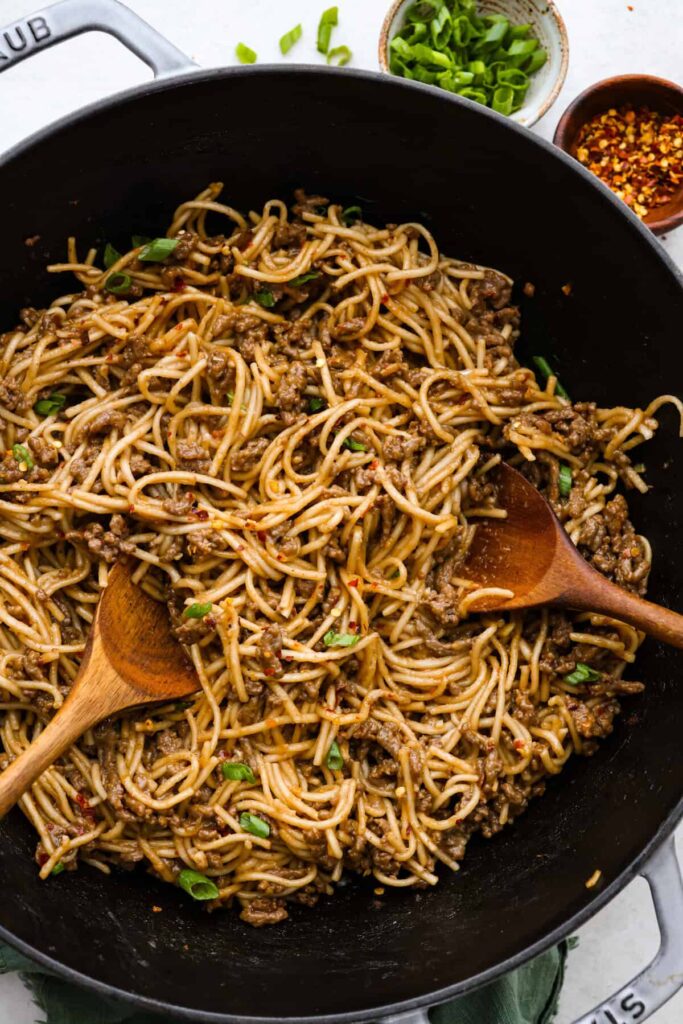Erik Lundman
Image credits: LinkedIn

Recent advancements in mass spectrometry-based peptidomics have improved the ability to identify and quantify thousands of endogenous peptides across various biological systems. The extensive peptidomic landscape created by proteolytic processing presents challenges for downstream analyses and can hinder the comparability of clinical samples. To address these issues, researchers have developed a novel algorithm that clusters peptides, effectively simplifying peptidomics data and improving the definition of protease cut sites. This approach enhances the analysis of complex peptidomics data, facilitating the identification of specific peptide patterns and proteolytic activities
Erik Hartman, PhD student in computational biology at the Infection Medicine Proteomics Lab, Lund University, Sweden discussed with Contagion shared insights on how the algorithm enhances the definition of protease cut sites and impacts the analysis of peptidomics data, “The main way it improves protease cut site definition is by utilizing the fact that some peptides are a result of exoprotease activity, which can be considered as noise, while others are a result of endoprotease activity, which can be considered the signal,” he explained.
3 Key Takeaways
- A novel algorithm aggregates peptides into clusters, enhancing the analysis of peptidomics data by improving the definition of protease cut sites and reducing noise from irrelevant activity.
- The algorithm effectively analyzes wound fluid peptidomes, providing critical insights into bacterial strain identification and the timing of infections, which aids in treatment strategies.
- The research highlights the potential for developing a diagnostic biomarker for P aeruginosa infections and demonstrates improved classification accuracy in the urinary peptidome of type 1 diabetics
The algorithm’s application to wound fluid peptidomes has revealed phenotype-specific peptide regions and proteolytic activity during the early stages of bacterial colonization. In a related study involving type 1 diabetics, the algorithm successfully identified potential subgroups within the urinary peptidome, improving classification accuracy.
Hartman continued, “This results in the typical “peptide ladder”-look that many people in the peptidomics field are used to seeing, where an endoprotease cut defines a base-peptide and the following smaller subpeptides are a result of exoproteases. By creating a cluster, we can, to the best of our ability, filter out a lot of the noise from the signal and thereby improve the definition of cut sites. The improvement compared to deterministic algorithms is that our approach deals with missing peptides much better, since our network-community-based approach is a so-called fuzzy algorithm.”
This algorithm not only aggregates peptides into clusters but streamlines the analysis of peptidomics data, enhancing inter-sample comparability and supporting large-scale data analysis, akin to methodologies used in other omics fields.
Hartman further emphasized the algorithm’s impact on comparability in clinical samples, “In essence, the algorithm improves the comparability of samples by reducing the number of missing values. In large scale peptidomics experiments, many peptides are unique to a single sample. This can be because of biological variability, but also due to variability introduced in peptide identification and quantification. But when aggregating peptides into clusters, the number of missing values is reduced. This is because two samples may not share the exact peptide sequence, but they share peptides that belong to the same cluster. Because we assume that these are derived from the same process, we can compare clusters instead of peptides, making samples more comparable,” he noted.
The algorithm was applied to quantitative analyses of wound fluid peptidomes from defined porcine wound infections and human clinical non-healing wounds. Furthermore, the method was validated using the urinary peptidome of type 1 diabetics to evaluate its effectiveness in revealing potential subgroups and improving classification accuracy.
Hartman discussed key discoveries from the algorithm’s application to wound fluid and urinary peptidomes and their implications for clinical practice, “First, the wound fluid peptidome was highly indicative of bacterial strain and the timepoint of infection. Interestingly, most peptides were generated at the earliest stages of colonization before clinical signs of infection were noticeable. Using basic machine learning we could also determine the relative proportions of bacteria in superinfected wounds – which I thought was cool and highlights the resolution of peptidomic data in these types of applications.” This analytical power showcases how the algorithm can enhance our understanding of complex wound infections, offering a detailed view that may aid in tailoring treatment strategies.
“Secondly, that the cut site specificities also were highly indicative of bacterial strain. This might seem obvious given the first point, but the cut site data is much more reduced, and I was surprised by this,” he said. This revelation suggests that even with a more streamlined approach, the algorithm captures critical details that could influence diagnostic accuracy.
A particularly noteworthy finding emerged when examining potential biomarkers. Hartman revealed, “Lastly, we showed that a cluster in hemoglobin subunit alpha was indicative of a Pseudomonas aeruginosa infection (showed in porcine wounds). This finding has the most clinical potential since it highlights a potential biomarker that would be relatively easy to devise a test for. More studies are certainly required, of course on human subjects, that investigate the generalizability and specificity of this region to be indicative of P aeruginosa infection. This was merely a pilot to establish a methodology and a model, but it is an intriguing finding.”
In discussing the analysis of diabetic wounds, Hartman concluded, “The key findings here were that we showcased the generalizability of our algorithm and that clustering consistently improved the classification accuracy of diabetes from their data.” This advancement highlights the algorithm’s broader applications in clinical and biological research. By validating its effectiveness through analyses of wound fluid and urinary peptidomes, this research could lead to better diagnostics and more personalized treatment options for infectious diseases.









bfrxnu
2802mc